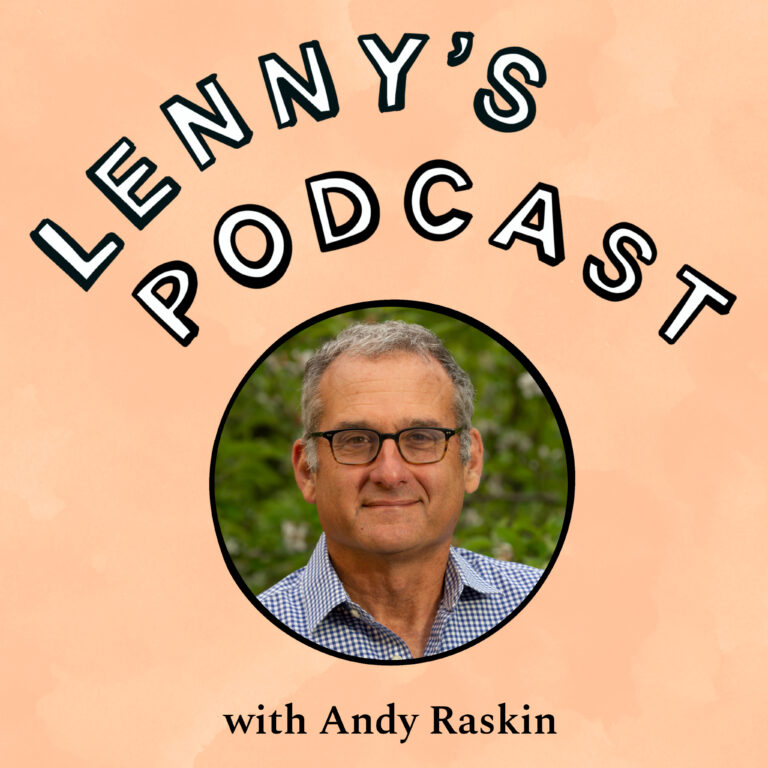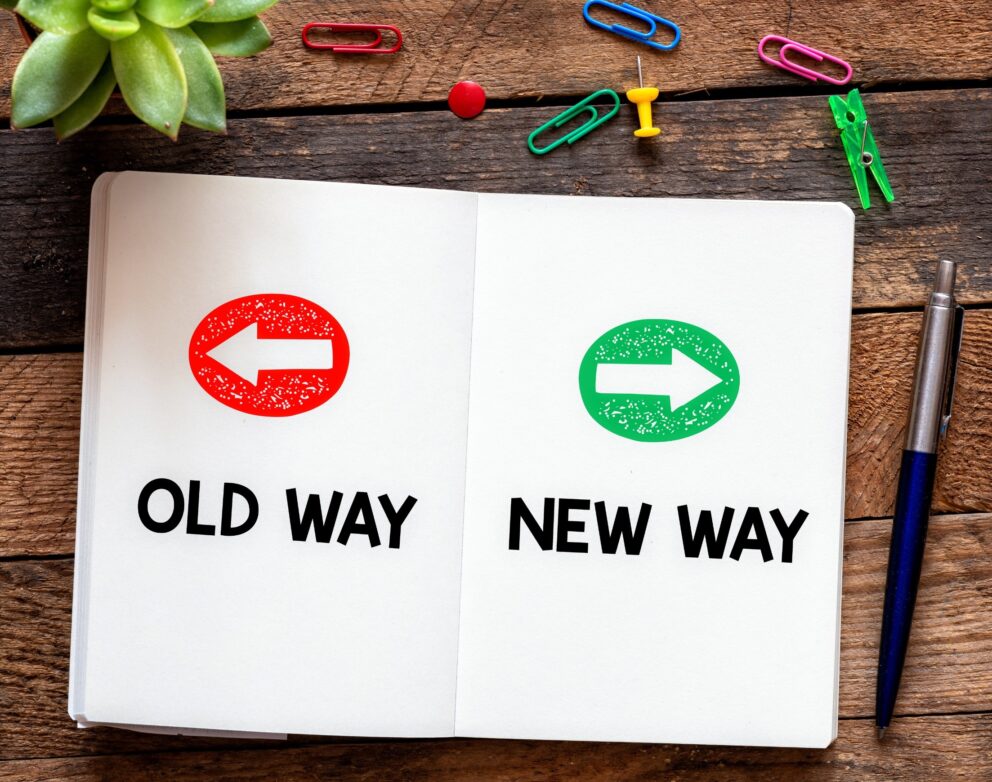Gain and Maintain Change Buy-In with Storytelling

Summary
Walkthrough of how to structure stories to gain and maintain the buy-in you need.
By Tom Swanson, Engagement Manager at Heinz Marketing
Change is a constant companion today. Being skilled in change is a massive benefit to careers today, even if it is hard to put on a resume. Most people just don’t like it. Even a change for the better can be poorly received, and leading change can be downright demoralizing. Yet the business world demands adaptation now more than ever, and there just isn’t room or time to fight it.
If you aren’t able to adapt, you will fall behind. It is just the truth of the world today. New tools, new processes, shifting buyer habits, greater visibility into revenue attribution, you name it, it is rife with change. If you fail to capitalize, someone else will. That’s just competition, and the result of stagnation is market failure. For you, and for your career.
So how do you drive change in a way that works? How do you get buy-in from the key people and teams you need? What can you do to make sure change isn’t just adopted, but embraced? There are many models, classes, and blog posts about managing change. Jump in and learn. You will see that change is squishy, and the models don’t always apply. Yet there is one thing above all else that matters to successful change: communication. It is a bit contrived, but communication is key, and the heart of communication is story.
The obstacles to change are huge. Murkiness, resistance, fatigue, distrust, haste, and pressure all get in the way and push well-meaning leaders to make poor decisions that tank an initiative. However, you can manage all of these by telling effective business stories. Whether communicating out to your team, cross functionally to colleagues, or upwards to executives, effective storytelling assuages fears, gains and maintains buy-in, and grants the clarity people need to engage.
For now, let’s talk about the most important and frequent need: gaining and maintaining buy-in using story.
Gaining buy-in
To be clear: we are skipping some important parts of change management here. Obviously getting buy-in demands that you have clear objectives, benefits, a roadmap, etc… for what a change is supposed to do and how. This is all covered by the models out there, so consult those. Personally, I like ADKAR, the McKinsey model for helping me think it all through.
Once you are ready to bring change to the people who can make it happen, the story is crucial. There is a podcast wherein Andy Raskin lays out a structure for business stories that I have found successful. It is called “Strategic Narrative”. The framework is very simple, and breaks into 5 simple parts: defining the movement naming the stakes (including winners and losers), naming the object of the new game, describing the obstacles to success, and showing how they can be overcome.
Does this sound familiar? It should, it is how I structured the introduction. If you have gotten to this part of the post, I assume it worked.
When establishing buy-in the story must be compelling. The framework offers a great way to do that. Check out the podcast I linked above, as they give great examples of how companies have done this. My favorite was how Gong went from trying to spark change by talking about benefits and challenges to saying “Goodbye opinions, hello reality”. Really paints a picture of the needed change in a clear way.
Next up is to name the stakes. In our case it is simple: change or die. For you: get buy-in or fail. Failure comes with its own consequences, I can leave those up to the imagination. Horror is always best when the viewer does the work. Regardless it is important to note the winners and losers. The adaptable will capitalize on the benefits of a change, the rigid will stagnate and fade away.
That leads us to the third step: naming the object of the game. In this case the object is to effectively manage important changes. Andy Raskin suggests framing this as questions. Above I posed “how do you drive change in a way that works?” Simple is often the best.
Number 4: describe the obstacles. Change is hard. Real hard. There is a lot that gets in the way. I laid them out above, and most change efforts will encounter some or all of those (Probably all of them). For the changes you are making, what are the obstacles you expect to get in the way? What are institutional, human, bureaucratic, and even leadership hurdles to overcome?
And so we come to 5: showing the obstacles overcome. In our case, it is storytelling’s triumph over resistance. Compelling stories get buy-in. If you know your audience and what they care about, you can use this structure to get them supporting, and maybe even excited about, your initiative.
Maintaining buy-in
Once you have constructed the story, the most important thing is to deliver. Assuming you are moving along your roadmap and hitting a normal amount of snags, your story can maintain the energy. You have constructed an effective narrative above, so now you need to revisit and reinforce it. Here are some tips for doing that:
When meeting with stakeholders about the change, revisit the movement and reasoning for the change every time. For small syncs, this can be worked into the status description. Remind people of the stakes at hand and why it is important this change is made.

Additionally, revisit the obstacles you described early on. What have you encountered? What is getting in the way? How are you overcoming these, and how can they help you past them? These are the antagonists of the story, so paint them as such and ensure your change coalition is ready to help you overcome them.
Reinforcing the story is about adding context as you go. When you are presenting, look back at the strategic narrative and see where what you have learned and the progress you have made can be fleshed out. Paint a bigger picture of the stakes as you now understand them. Position your initiative as key to being on the winning side.
Be on the lookout for signs of diminishing buy-in. This often happens if milestones are missed or timelines get inflated. These are often unavoidable consequences (unless you have given yourself excess time, which is recommended). This usually shows up in two ways: resistance and/or lack of engagement. The book Switch has a great breakdown of these.
For resistance: it is often that resistance to a change is due to a lack of clarity. If you are getting pushback, mine for understanding here. Ask questions to help you understand if there is actual disagreement or just misunderstanding of responsibilities, needs, demands, etc… It is likely that clarity is the issue here. Once you have identified it, you can provide the clarity needed either through the narrative or through further training/discussion around whatever the issue is centered.
For lack of engagement: this is often due to fatigue. If you are asking too much of people, or pushing cognitive overload onto them, they will disengage. This is particularly prevalent when multiple change efforts are active. People are busy.
The other cause of fatigue is timeline bloat. People get tired if change drags on and on. If you are committing this sin of change, then you should evaluate if people feel overloaded. There are other reasons this comes up, but fatigue is the most common.
In either situation, you need to reduce the load, which may mean finding more people, slowing down (be smart with this one), or shrinking the change. All are viable options for reducing fatigue.
Conclusion
Change is hard. I’ve said it before and it warrants repeating. The squishiness of change means you cannot expect the exact same approach to work every time. Effective change management is not checking boxes. It requires empathy, consistency, and clarity to be successful. These things can be captured in strategic narratives.
As you begin your next change effort, consider the story when you are looking to get buy-in and motivate people to support your initiative.
And if you want to talk change, reach me at tom@heinzmarketing.com.






